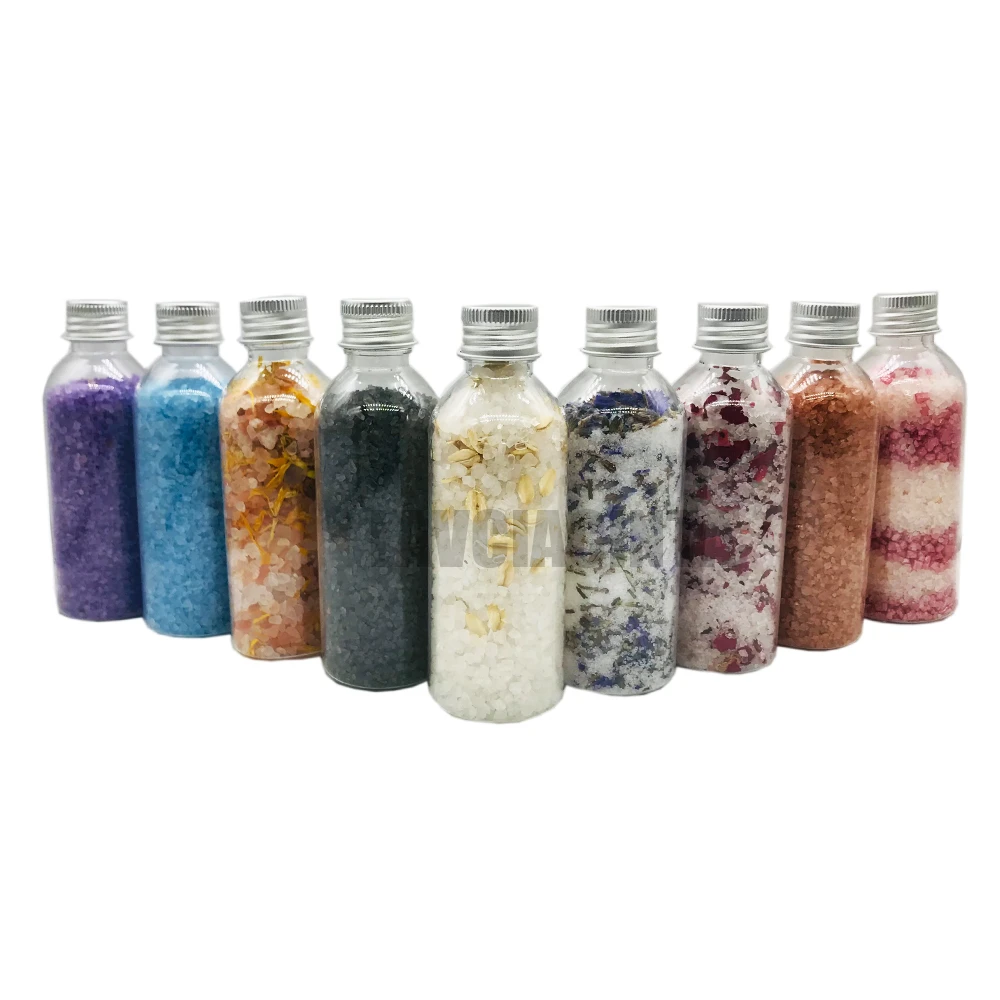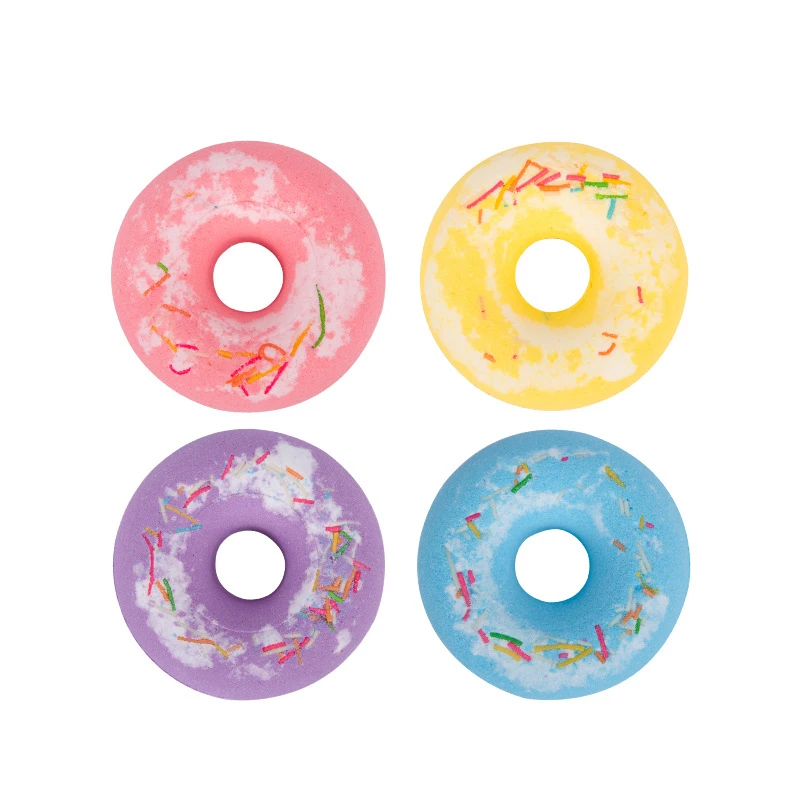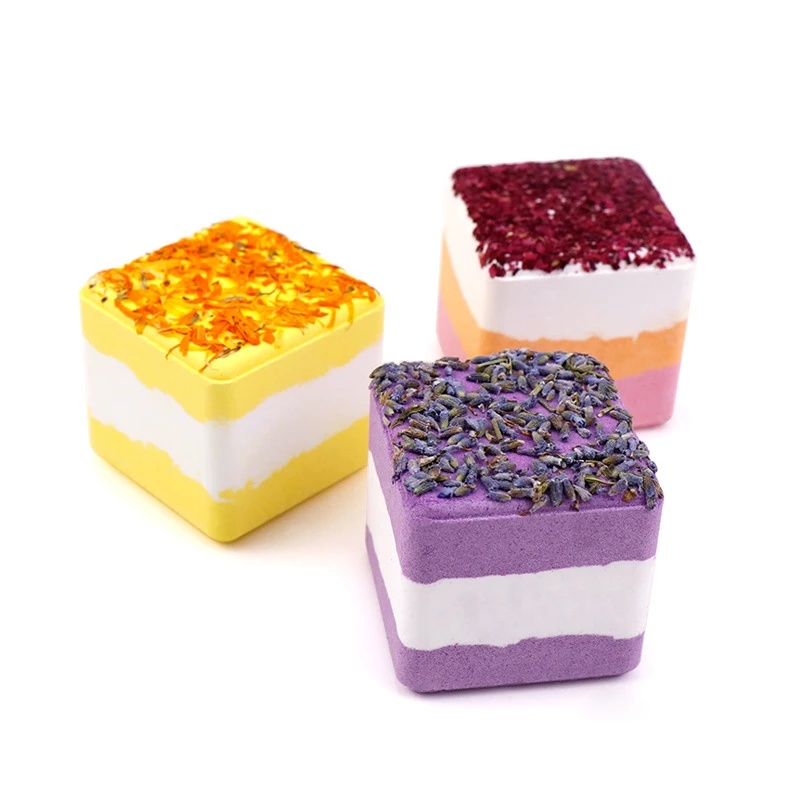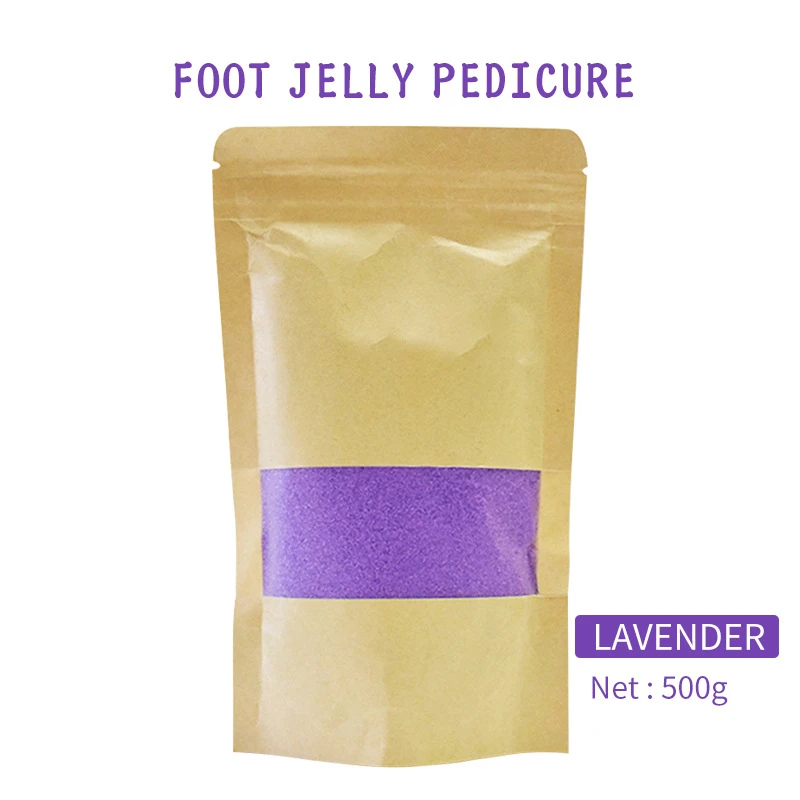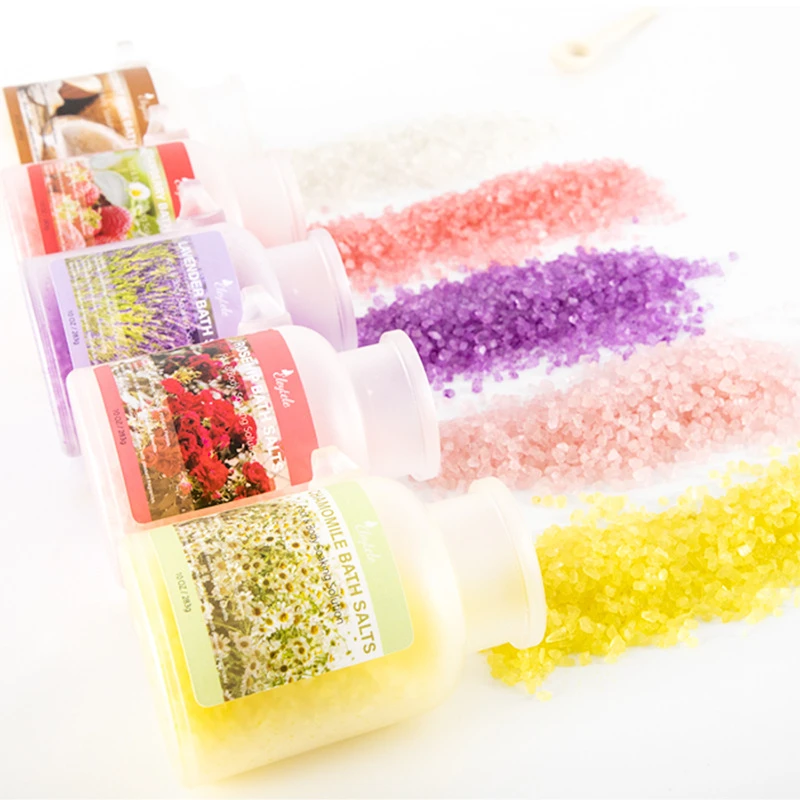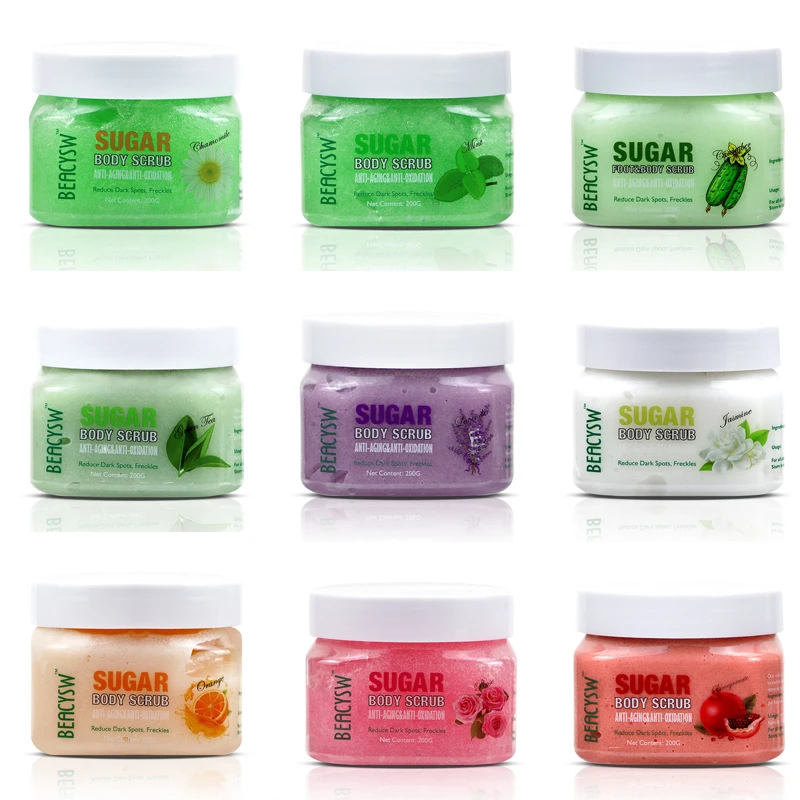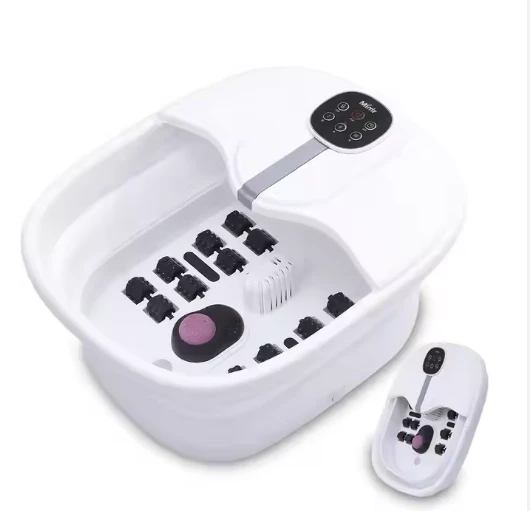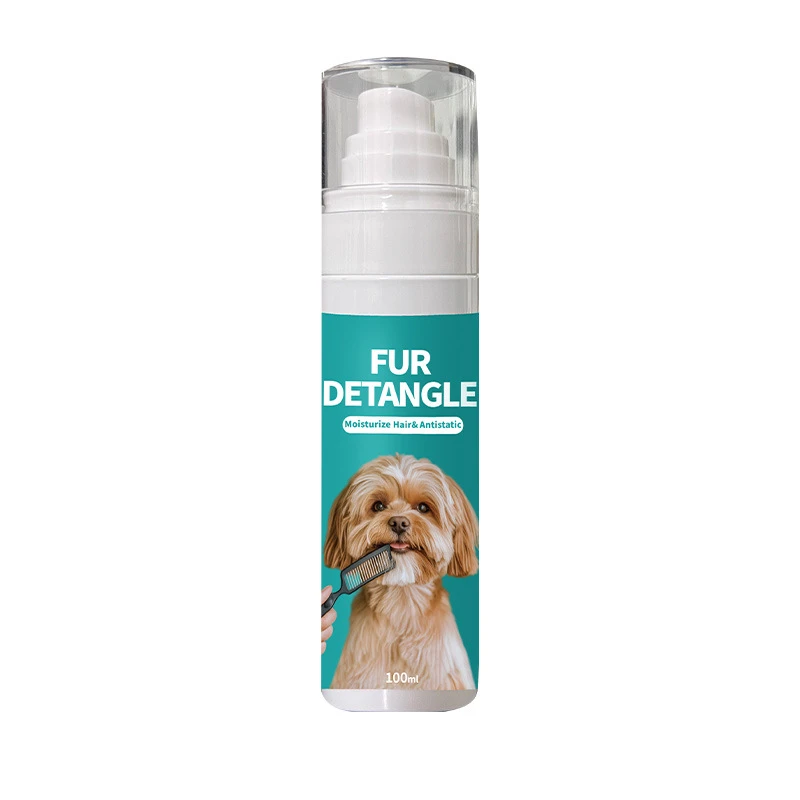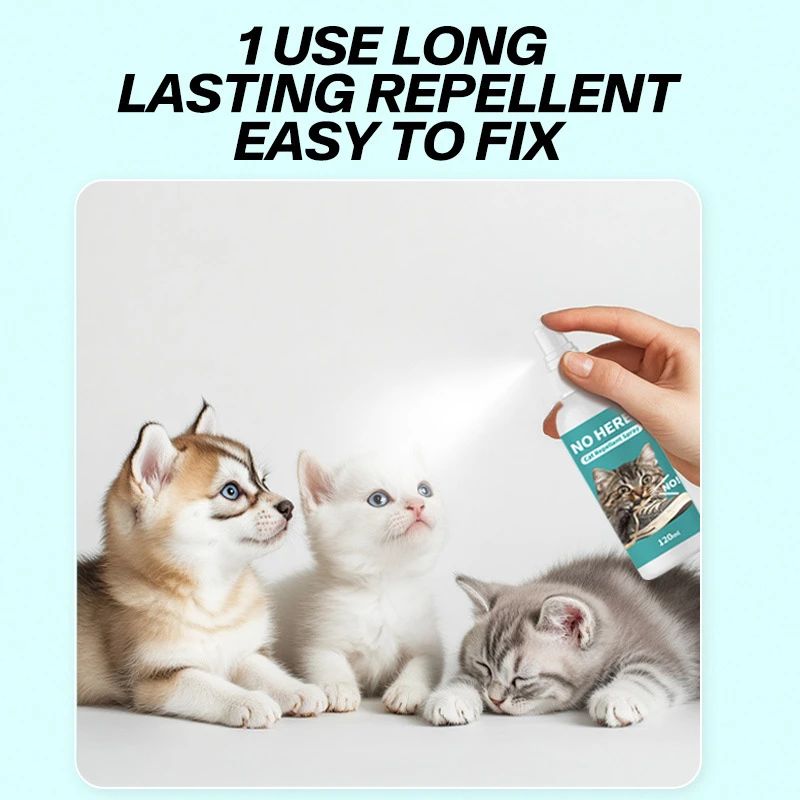Furniture Guard Cat Repellent
Every cat owner knows the struggle of finding their favorite sofa, armchair, or wooden table transformed into a scratching post. Those sharp little claws can wreak havoc on even the most durable furniture, leaving behind unsightly marks and frayed fabrics. This is where furniture cat repellent spray comes to the rescue – a simple yet effective solution to protect your home furnishings while keeping your feline friends safe and happy.
The market offers numerous options when it comes to spray to keep cats off furniture, ranging from commercial products with advanced formulas to simple DIY solutions you can make at home. Understanding how these products work, their key ingredients, and proper application methods will help you choose the best anti cat spray for furniture that fits both your needs and your cat's wellbeing. This comprehensive guide will walk you through everything you need to know about furniture protection sprays, including their mechanisms, effectiveness, safety considerations, and alternative solutions for persistent scratchers.
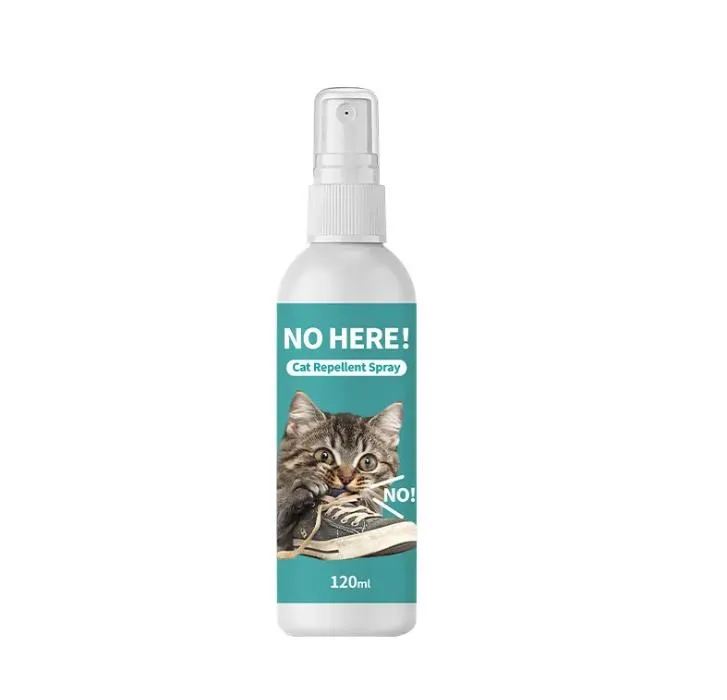
Understanding How Furniture Cat Repellent Spray Works
The science behind furniture cat repellent spray is fascinating and rooted in feline behavior and sensory perception. These products don't harm your cat – instead, they employ various strategies to make protected surfaces unappealing to your pet. Most effective sprays combine multiple deterrent methods to address different aspects of feline psychology and physiology. Understanding these mechanisms will help you use the products more effectively and choose the right formula for your specific situation.
Scent-Based Deterrents
The most common approach in spray to keep cats off furniture utilizes smells that cats naturally dislike. Felines have an incredibly sensitive sense of smell, making certain aromas particularly offensive to them. Commercial products often incorporate plant-derived essences like citrus (lemon, orange, grapefruit), herbal extracts (rosemary, lavender, rue), or other natural compounds that are pleasant to humans but repulsive to cats. These create an invisible barrier that discourages scratching or climbing without causing any physical discomfort.
Taste Aversion
Many anti cat spray for furniture products include bittering agents that create an unpleasant taste if licked. While cats primarily rely on scent, the bitter taste serves as an additional deterrent, especially for kittens or particularly curious felines who might investigate the sprayed area with their mouths.
Texture Modification
Some advanced furniture cat repellent spray formulas include ingredients that leave a slightly sticky or tacky residue on surfaces. Cats are notoriously particular about the textures they interact with, and most will avoid surfaces that feel strange on their paws. This approach is particularly useful for protecting fabrics and upholstery where scent alone might not be sufficient deterrent.
Behavioral Conditioning
When used consistently, these sprays help establish negative associations with protected furniture.
Choosing the Right Spray to Keep Cats Off Furniture
The best choice depends on your specific furniture types, your cat's personality, and your household requirements. Here's a detailed breakdown of factors to consider when selecting your feline furniture protection solution.
Furniture Material Compatibility
Not all anti cat spray for furniture works equally well on all materials. Some formulas are specifically designed for:
Wood surfaces: Need a non-staining formula that won't damage finishes
Upholstery and fabrics: Require sprays that don't leave visible residues
Leather furniture: Need special conditioners that protect while deterring
Delicate antiques: May require ultra-gentle, museum-grade formulas
Always check manufacturer recommendations and test any new furniture cat repellent spray on an inconspicuous area before full application.
Indoor Air Quality Considerations
Since these sprays are used in your living spaces, consider:
Scent intensity: Some people prefer barely noticeable fragrances
Essential oil content: May affect individuals with sensitivities
Duration of scent: Longer-lasting means less frequent reapplication
Safety Profile
The best spray to keep cats off furniture should be:
Non-toxic if licked or ingested in small amounts
Free from harsh chemicals like phenols or formaldehyde
Ophthalmologically tested (safe if accidentally sprayed near eyes)
Dermatologically tested (won't irritate skin on contact)
Ease of Use
Practical features to look for:
Adjustable spray nozzles for precise application
Clear labeling of protected areas (some sprays include UV markers)
Quick-drying formulas that don't leave oily residues
Reasonable coverage per bottle
Effectiveness Duration
Quality anti cat spray for furniture should provide protection for:
Up to a week for some advanced slow-release formulas
Several months for certain professional-grade treatments
DIY and Commercial Anti Cat Spray for Furniture
Many cat owners wonder whether to purchase ready-made furniture cat repellent spray or create their own homemade versions. Both approaches have merits depending on your situation, budget, and time constraints. Let's examine the pros and cons of each method to help you make an informed decision.
Commercial Product Advantages
Professional spray to keep cats off furniture offers:
Scientifically formulated effectiveness: Developed by animal behaviorists
Consistent results: Precise ingredient concentrations
Specialized formulas: Options for different furniture types
Added benefits: Many include furniture conditioners or UV protectants
Convenience: Ready to use with no preparation needed
Safety testing: Professionally evaluated for pet and human safety
Homemade Solution Benefits
DIY anti cat spray for furniture can be:
Cost-effective: Uses common household ingredients
Customizable: Adjust scents to your and your cat's preferences
Immediate availability: No need to wait for delivery
Transparent ingredients: You know exactly what's in it
Environmentally friendly: Often uses fewer synthetic compounds
FAQs About Furniture Cat Repellent Spray
How long does it take for furniture cat repellent spray to work?
Most cats show reduced interest in treated surfaces within 3-7 days of consistent use. However, stubborn or particularly determined felines may take 2-3 weeks to fully respect the boundaries established by the spray. The key is persistent, regular application during the initial training period.
Is anti cat spray for furniture safe for kittens?
While most commercial products are formulated to be safe for cats of all ages, extra caution should be taken with kittens under 12 weeks. Their smaller size and developing systems make them more sensitive. Look for kitten-specific formulas or dilute regular sprays further for young cats.
Can spray to keep cats off furniture damage wood finishes?
Quality products designed for wood furniture should not damage properly sealed surfaces when used as directed. However, some ingredients like citrus oils or vinegar in high concentrations may gradually degrade certain finishes over time.
Why does my cat still scratch furniture after using furniture cat repellent spray?
Several factors could be at play: the spray may have worn off, your cat may have become habituated to the current formula, or you may not be providing adequate alternative scratching options.
How often should I reapply furniture cat repellent spray?
Application frequency depends on the specific product formula, your cat's determination, and environmental factors like ventilation and sunlight exposure.
Protecting your furnishings doesn't mean declaring war on your cat's natural behaviors. The most successful approach combines furniture cat repellent spray with positive alternatives that satisfy your pet's instinctual needs.
While using spray to keep cats off furniture establishes boundaries, equally important is making approved scratching options irresistible. Invest in high-quality scratching posts and pads that appeal to your cat's preferences – some favor vertical surfaces, others horizontal; some like sisal rope, others prefer cardboard or carpet. Place these alternatives near the furniture you're protecting and use catnip or treats to encourage their use.
By combining smart use of anti cat spray for furniture with thoughtful environmental enrichment, you can maintain a beautiful home and a happy, well-adjusted feline companion. The investment in quality deterrent products and proper scratching alternatives pays dividends in preserved furnishings and harmonious human-cat coexistence.
ก่อนหน้า



